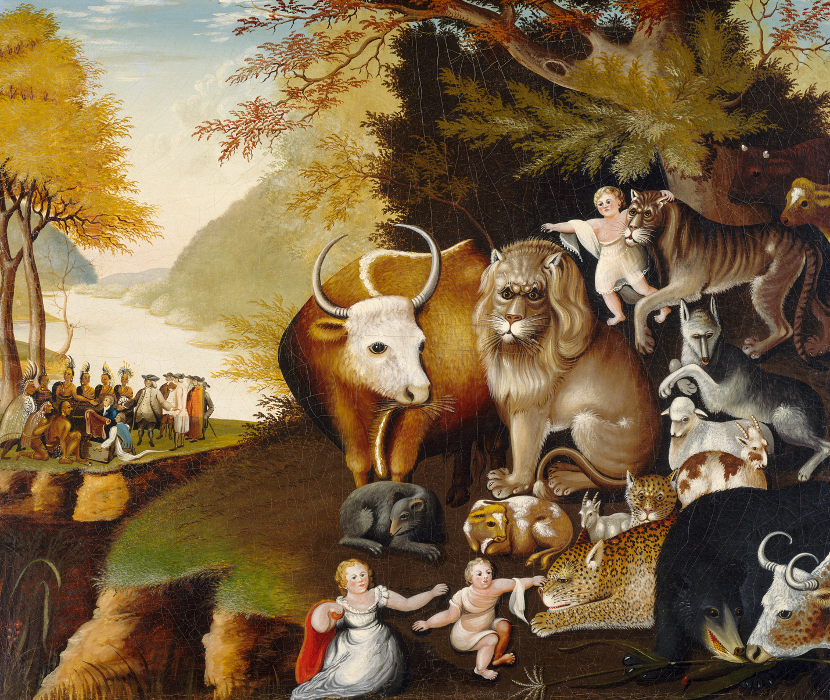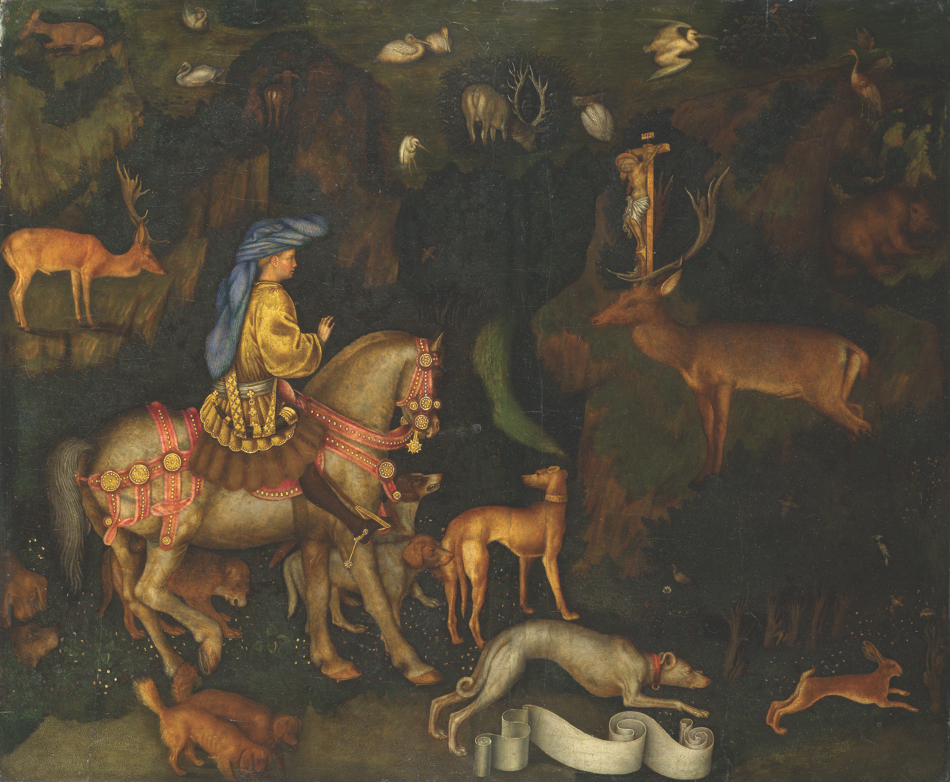Chapter 45. From Virginia Woolf to Krishna
- gareth7936
- Mar 21, 2023
- 7 min read
‘What a discovery that would be – a system that did not shut out,’ writes Virginia Woolf in her diary. Perhaps I can cheekily suggest that STA may be that system (one that confidently embraces such diametrically different figures as Baudelaire and R.S. Thomas, for example) because of course STA is simply the acknowledgement of natural reality, and reality is all-inclusive.

What is it that we understand by believing all this? The unity of all things, the richness of the infinite individualities within that unity, the sufficiency of the vision. That the sea-snakes are not just pretty, that the walk in the country is not just a good work-out and a refreshing break from your desk, that the buddleia bursting through the broken tarmac is equal to ourselves in all vital criteria, and only ‘inferior’ when judged by criteria we have ourselves invented to assert our superiority. Essentially, all that I’ve been talking about so far. We embody in our selves what previously were enumerated arguments on pieces of paper. Now we can feel rather than just read them. We can understand the acceptability of death (one’s own or anyone else’s) which will come anyway, but is better met prepared. We are blessedly reminded of the irrelevance of the piffling niggles we may encounter when we hear overhear gossip in the staff-canteen. We can see that our importance, our magnificence even, is not as an isolated figure having puny thoughts about the universe, but as a part of the whole thing. We need not feel awed and insignificant gazing at the night sky, but awed and involved, and integral to it as Aldebaran.
The philosopher Julian Baggini, considering the rival thought-systems across the world, believes, ‘It should be possible to avoid the excesses of [Western] atomism without adopting wholesale an eastern-style relational concept of self.’ This is the fertile middle ground where STA has taken root. It emphasises both the unity of all living things and our individual uniqueness moulded by our surroundings. The two are not in conflict. Our modern habit of binary thought may see this as sitting on the fence and ask, ‘But when it comes down to it, which is it – individuality or unity?’ ‘Both’. As usual when you ask if something is one thing or another, the truth is that it’s both.
Although STA is wary of the social, acculturated ‘world’, it is not a philosophy of detachment, or of contemptus mundi. On the contrary, it proclaims an intense involvement with the real world, a true amor mundi. It is a rational animism – an acceptance of the simple fact of the unity of all creation. I am doubtful about the success of shamanic attempts to inhabit a separate ‘spirit world’ with the assistance of drugs, chanting, dance or bodily deprivation, claiming transcendence but perhaps only mimicking its imagined physical symptoms. I am equally doubtful about our contemporary aspirations to ‘Empathy’. Every individual is unique; there is no hope of, and no necessity for, ‘feeling’ the unique circumstances of one other person, let alone millions – the limits of our fancy should not be the limits of our imagination. We can love them without impersonating, even without understanding, them all. But both shamanism, in its ritual, and Empathy, in its generous and sincere ambition, acknowledge our connectedness. It is through this affinity that we can best understand the world, not because of our emotions or our cleverness. We know because we live, just as everything else does. [Footnote: obviously we know many things because we have learnt them intellectually too – times tables, laws of nature, cures for diseases, the history of wherever, how to fix punctures &c&c – but these are the ornaments of life, by no means to be despised, not the fundamental form.]

Edward Hicks, The Peaceable Kingdom (National Gallery of Art, Washington DC)
Perhaps it is because we are so pre-occupied with our accelerating scientific and technical discoveries that we commonly have difficulty seeing the unchanging unity behind all the novelties and haecceities. ‘Progress’ is inapplicable to nature, which unendingly makes individuals and lets them die, makes them and lets them die in a continuous present. There is only equality and unity in nature’s perspective. We have not outrun our affinity. There is no progress, only haecceity, unity and death. [Footnote: the notion that one age is ‘better’ than another is meaningless, because there can be no agreed set of objective criteria. We can certainly claim that we have ‘progressed’ in academic knowledge, because that is quantifiable. If we could sit a Neolithic teenager among a group of sixth-formers to take ‘A’ levels, we could ‘prove’ it. But we cannot necessarily claim that we are ‘better’. Neolithic society, after all, did not make judgments about its children by corralling them into sports halls on sunny afternoons to test their knowledge of geography.
There is, of course, no ‘progress’ in art or spirituality either. Picasso is not an ‘improvement’ on Phidias, nor Rowan Williams on Bishop Hooker. Quantitative criteria do not apply. Buddha just sits.
In rejecting the notion of ‘progress’, I do not at all suggest that we are ‘re-gressing’ and that the world is going to hell in a handcart, simply that any comparisons are meaningless. Human intelligence is an astonishing thing and has produced many marvels, but other creatures prosper without it, and will doubtless continue to prosper when it has become extinct. It seems unlikely that any creatures then will look back wistfully to an ‘Anthropocene’ Age of Gold. They will be too busy with their own haecceities. The termites build their civilisations in the ruined temples and palaces of long-dead human empires quite oblivious to them, and my neighbour mows the lawn blithely ignorant of the stegosaurus that once claimed his garden for its territory. It is needless knowledge. Reality is now.]
STA – the facts it represents, and the assurances that follow from our acceptance of it – is impervious to scientific, political and theological attacks (provided one accepts that the world we perceive is real) because it is rooted simply in what we experience rather than any theoretical explanations. The woodlouse’s way of being is not invalidated by the greater rationality of the human intellect, nor (as I have argued before) is the groundling by the don. And my way of being is not invalidated by the greater sensitivity to the earth’s magnetic fields that pigeons and poodles possess.
STA is pre-social; it is focussed on real nature and our individual response to it, whatever we are. Intolerance or bigotry are impossible because another person’s beliefs are as irrelevant to us as a wombat’s or a daisy’s – it is only our belief that matters, and it matters only to us. (It is important that this pre-social radical haecceity is tethered to nature (or Spinoza’s Deus sive natura) so that it doesn’t become a crowing egotism, scorning everything but itself.)
Every creature has, in any case, a minutely different perspective. That is the nature of haecceity. Karen Armstrong notes, “The rabbis frequently suggested that on Mount Sinai, each of the Israelites had experienced God differently. God had, as it were, adapted himself to each person ‘according to the comprehension of each”’. Origen agrees, ‘All revelation is conditioned by the capacity of the recipient.’ Our minds are configured differently and, though the message were the same, we must each receive and interpret it differently. Montesquieu wittily remarked, ‘Si les triangles faisaient un Dieu, ils lui donneraient trois côtés’ (‘If the triangles made a God, they would give him three sides’) and Rupert Brooke had fun imagining fish pining for a fishy heaven (‘But somewhere, beyond Space and Time Is wetter water, slimier slime!’). In fact, Xenophanes had made the same point two millennia earlier:
If cows and horses or lions had hands,
Or could draw with their hands and make things as men can,
Horses would have drawn horse-like gods, cows cow-like gods,
And each species would have made the gods’ bodies like their own.
[Footnote: this is an opportunity to mention Xenophanes whose utterance ‘Let these things be believed as approximations to the truth’ concisely marks out the careful path between a reasonable assertiveness based on what we know, and the impossibility of true knowledge given our limited perspectives. If every religious service or scripture and every science book were prefaced with this quote, we could enjoy the wonders, consolations and affirmations science and religion provide without the self-righteous posturing, and indeed sometimes violence, of their adherents.
‘To the Celts, knowing from their observations of nature and the heavens that eternal truths are not presented in an instantly comprehensible form, the humanized gods of Greece and Rome were childishly literal idols. When Brennus, the leader of the Celtic expedition to Delphi, entered a shrine and saw gods of wood and stone standing about like real people, he burst out laughing.’ Three and a half centuries later, another general, another temple: ‘Pompey in Jerusalem, after barging his way into the Temple, demanded to be shown the Holy of Holies, and was surprised to find himself in an empty room.’ The joke is on the Greeks and Romans for their clod-hopping literal-mindedness compared with Celtic and Jewish sensitivity towards the unknowable. But the Greeks and Romans had bigger armies and won. For them, in fact, winning was the entire point (in a way it seldom was for the Celts or Jews who, resting confident in their faiths, at times almost invited destruction) and the subsequent history of Europe, dominated by Greco-Roman influence, has shown spirituality repeatedly corrupted by realpolitik and literalism, and learning by its fancied ‘usefulness’, an instrumental rather than sacral approach; very successful from its own perspective, very destructive from any other.]
Well, of course they would. Ineffability can only be expressed by analogy (indeed, anything can only be expressed by analogy. Language is analogy). For humans, anthropomorphism is natural and certainly no less valid than the mechanomorphism which perversely imagines the universe as some man-made machine. We Anthropoi are at least made by the same process as the rest of nature. And so long as each of us recognises that our vision is a useful personal analogy rather than a Universal Truth, and need not (indeed, can not) be precisely shared by any other creature, there is no harm in it. [Footnote: our Truths (Anselm’s, the Mariner’s and mine) may be as true as we can get them, and all the truth we need but, as witnesses from Tertullian to Tolstoy have affirmed, they can only be our own. To fight a war over our different visions is as ludicrous as for a Frenchman and an Englishman to fight over whether a duck says ‘Coin!’ or ‘Quack!’ Duck impressions and religions are both approximations of something humanly inexpressible.] Our vision will be a myth, and myths are true enough, if they are good myths (by which I mean if they are attempts to express reality deep-rooted in experience, rather than capricious or self-serving fantasies). ‘However men approach me, even so do I welcome them, for the path men take from every side is mine,’ says Krishna. We each see the rainbow uniquely. We each see everything uniquely.

Pisanello, The Vision of St Eustace (National Gallery)
Comments